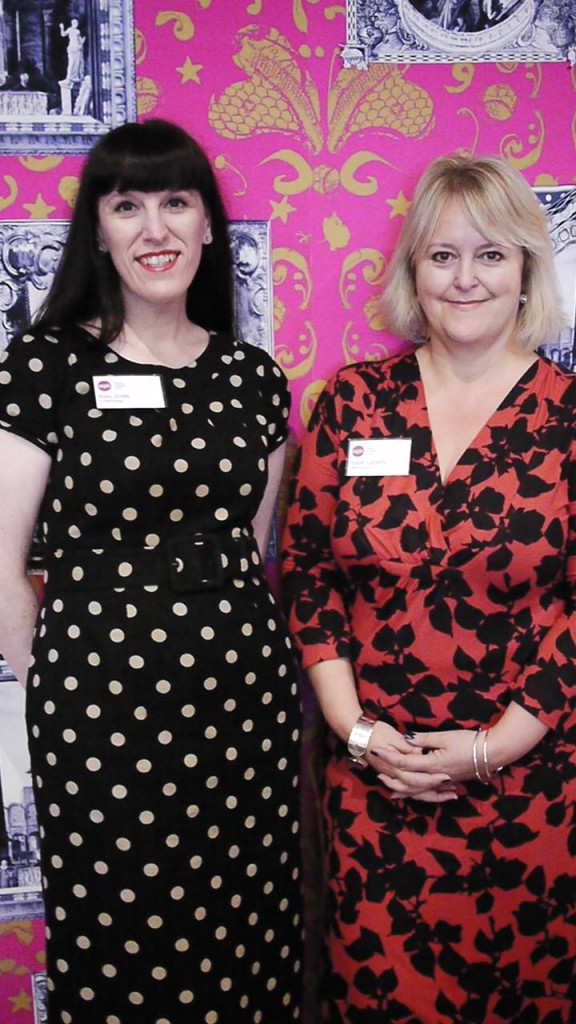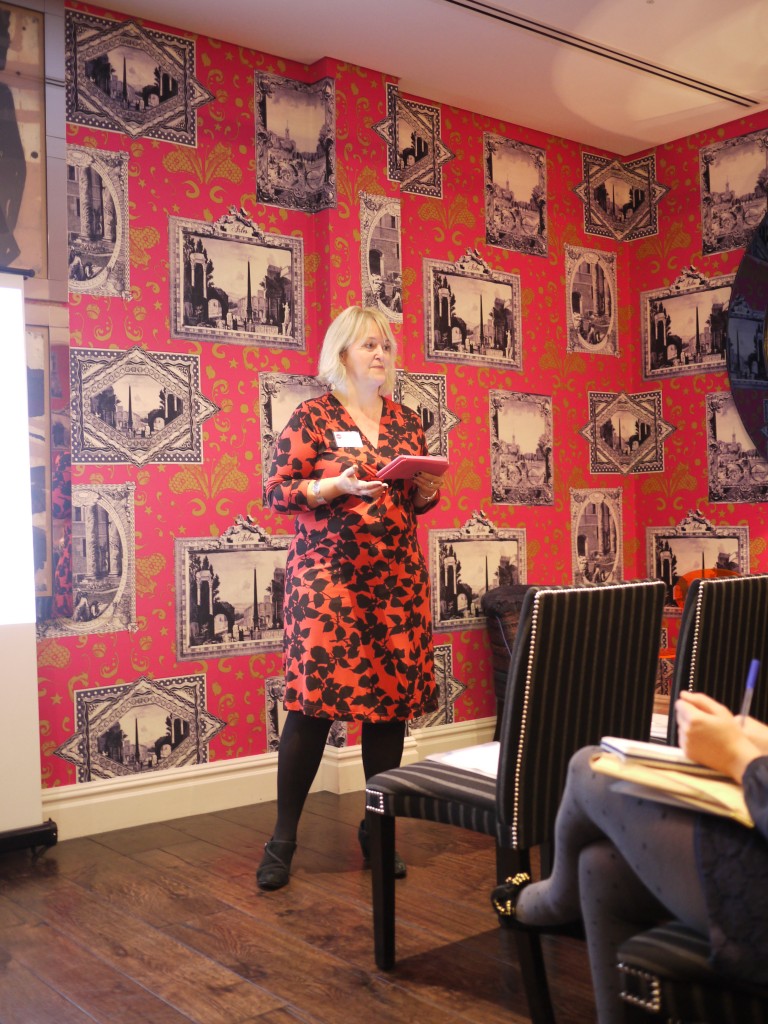
The role of the Internal Comms professional has changed greatly over the last few years, progressing from being viewed as purely a messenger to a person who has real influence within an organization.
This was brought home clearly at our recent Aspic seminar for strategic practitioners in internal communications, where our two speakers discussed positioning yourself as a trusted advisor.
Our first speaker, Kate Jones, Engagement & Change Manager for E.ON UK, has seen the child that was internal communicator grow into a robust strategist and trusted advisor.
“I started out as a crafter and drafter – writing, editing, redrafting and distributing other people’s material and messages,” she told the assembled guests. “I then became a technical adviser, helping people to solve their communication problems. But while it’s important to get those basics right, sprinkling the magic dust through good writing, we as communications experts have to add value to gain trust.”
We need to be passionate, challenge and talk with authority about our ideas and the appropriate strategies to help the business, said Kate.
We need to find out who is doing what, what the priority messages are and be the glue that brings stakeholders together.
“The killer question is,” she said, “’is everyone in the room who needs to be?’. Our role is to bring stakeholders together and link messaging plans, tailoring them to the people who need to get those messages.”
Question and question again, said Kate. “If someone wants a story on the intranet, ask ‘why?’. Who is the target audience? Who reads the intranet and for how long? Is that really the best channel? There’s no point emailing the entire HR database if your message is for a small percentage of the workforce.”
In fact Kate listed her top five favourite requests which, back in the day, may well have been accommodated, no questions asked:
Can we have balloons and cakes for the launch?
The launch of a change progamme that will see redundancies? Not everyone will be going home with a piece of cake from this party! The means must mirror the message.

Can we have a logo?
Most corporations already have one. Protect the brand and don’t create sub brands. Offer alternatives – perhaps an identity that can be used as a logo. The programme or the message is important, not the logo.
Can you read this for typos?
I can, but I will also read it for tone of voice, messages and value; and see how it links with other messages to make it work.
Can you help us raise our profile; no one knows who we are?
Who needs to know who you are? How are they most likely to get the message? Do they read the staff intranet/magazine/blogsite? Communication needs to be targeted to the audience, not automatically given a DPS in the company mag.
What do you think?
The best question for IC, as it’s a chance to ask ‘what are you looking to achieve? What are your target outcomes and objectives?’
So if this is the present situation of IC, what of the future? Without the aid of a crystal ball, Kate was emphatic:

The business of communicating
Our second speaker, Sarah Lazenby, Senior Consultant to recruiter VMA Group, encounters daily the expectations CEOs and HR directors have of their internal communication managers.
“Gone are the days when you could waft around spouting strategy,” she said. “Businesses today want strategists who deliver.”
Nor is it just about finding the right channel. “We have a whole smorgasbord of channels to engage people. Internal communication is about reaching the managers, inspiring and engaging them to grow the business. Cascade communication doesn’t work. People want to hear what’s going on directly from their manager, so you need to be able to build your leaders’ confidence and enable them to have effective conversations with their teams. “
Echoing Kate’s observation that ‘everyone should be in the room who needs to be,’ Sarah adds that if change is on the horizon, managers should be brought together and given the kit to tell the story to their teams.
“Today’s communicator has to be business savvy – know more about the business and the market in which it operates than the CEO.
“Your role is to support the business and to do this effectively, you have to be taken seriously.
“Know who the people are in the business, not who is on the payroll. Go out and understand shift patterns, capability and capacity for communications. Get out of the ivory tower and learn what motivates people, then work with managers about communications to staff.
“Our role is that of business partner, building relationships and encouraging richer engagement with teams to put the big messages into context.
“It’s your job to hold up a large mirror to show what is and isn’t working; then you can tell your CEO what messages need to be communicated, to whom, how and when.
“Start from the desired outcome and work back to stay focused on what you want to achieve and what the business priorities are, and make sure all channels feed in to the bigger picture.”
Expectations around transparency and immediacy have changed, said Sarah. Employers can no longer tell people nothing is going on any more, which is a big challenge. As communicators, it’s our job to make sure the right messages get to the right people in the right way – to the benefit of the business as a whole.